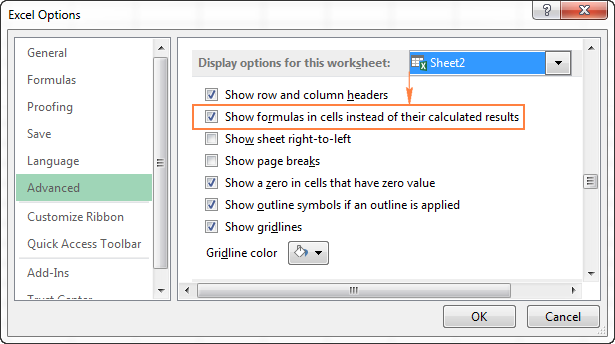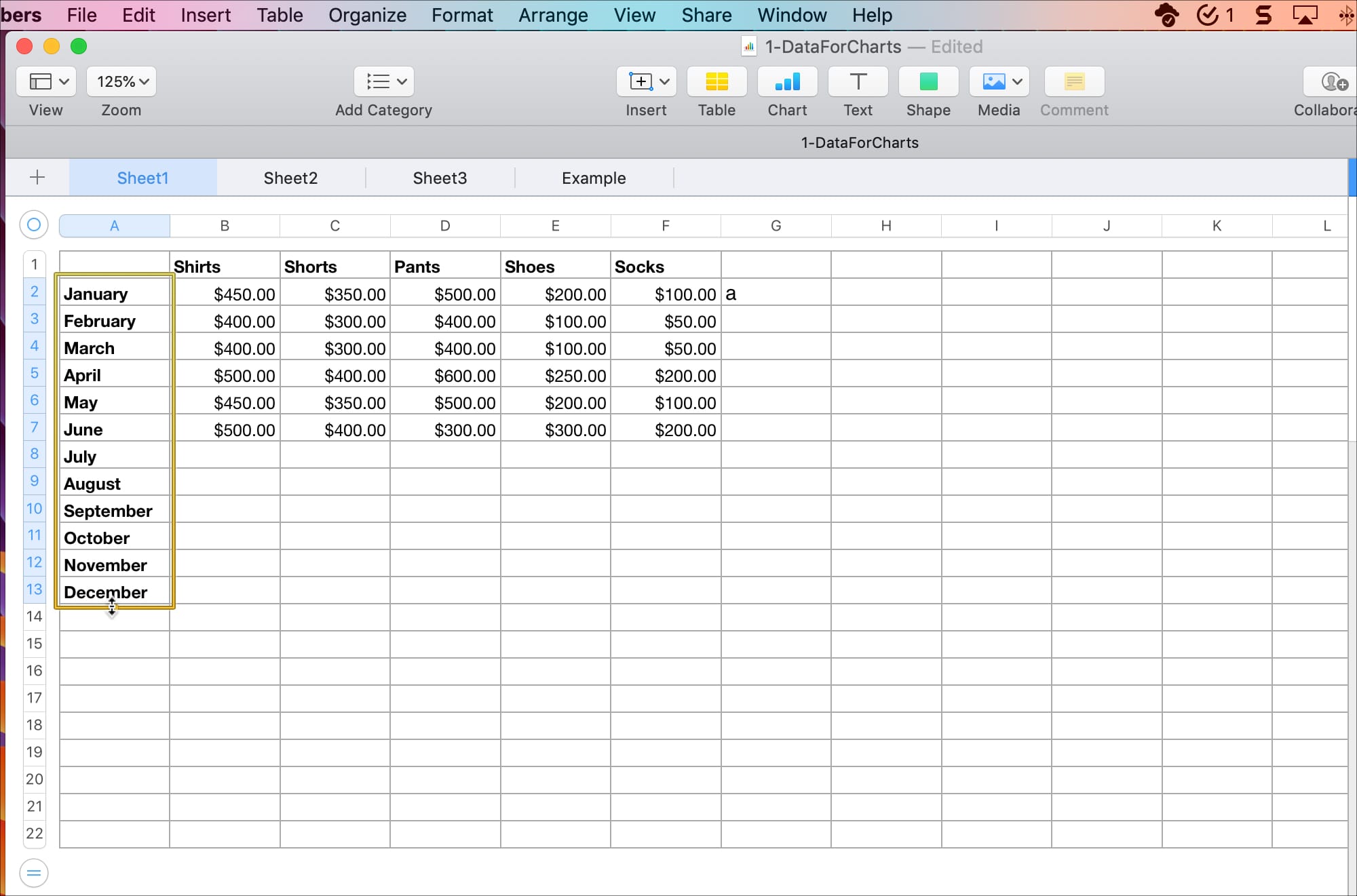


Being able to refer to explicit parameter names instead of cell references makes the formula already quite a bit easier to understand. The last parameter is the actual custom function, here called calculation. of 253 parameters), in our case we use two: degrees and source. The first n parameters are the parameters of your custom function (you can use a max. Lambda is a new function that accepts the following parameters: That’s quite a bit easier to understand, isn’t it? And the best part is that you can make changes to the formula in a single place (via the Name Manager) and it’s fixed everywhere automatically.īut how do Lambda Functions work exactly? The next section has the details. Save by clicking on OK and now you’re able to use your new formula like this: On macOS, the two fields appear right after clicking on Define Name and have the verbose titles Enter a name for the data range instead of Name and Select the range of cells instead of Refers to.
Make a formula using excel on mac free#
After looking up the formulas on Wikipedia, chances are you end up writing the following cell formula into cell C2, before copying it to the cells below: Let’s say you have an Excel workbook with a list of temperatures in Fahrenheit and Kelvin that you want to transform into Celsius.

Make a formula using excel on mac how to#
It’s not all roses though: we’ll also look at the current limitations of Lambda Functions and how to solve some of them. In this blog post, we’re going to see how Lambda Functions work and why they are so awesome. user-defined functions) by only relying on Excel formulas, without having to use VBA or writing an add-in. Lambda functions are an exciting way to define custom functions (a.k.a. In December 2020, Microsoft announced Lambda Functions as a new Excel feature.


 0 kommentar(er)
0 kommentar(er)
